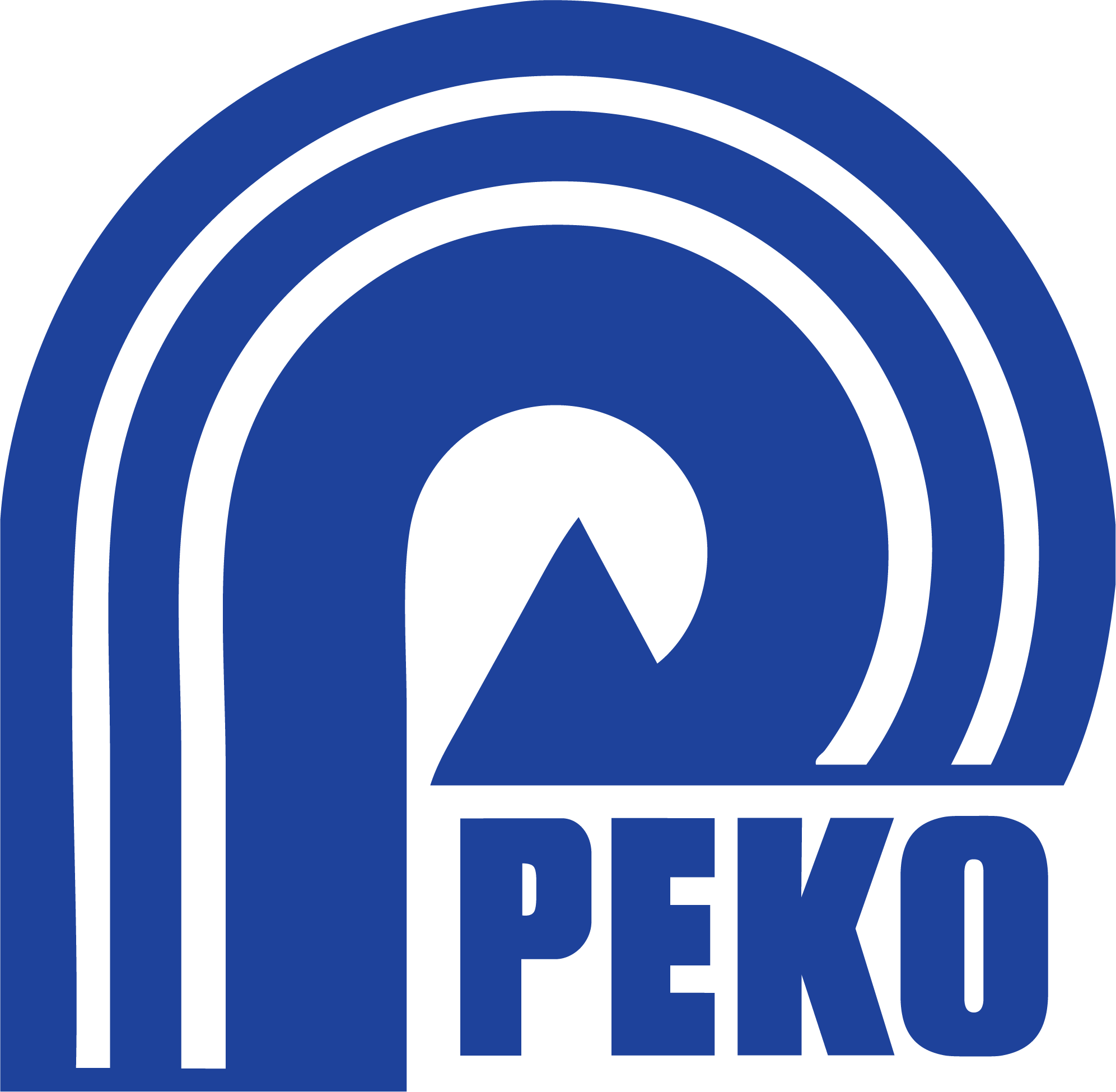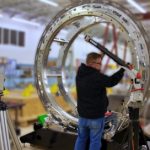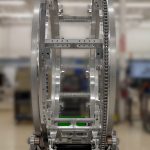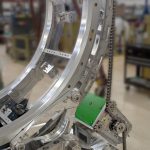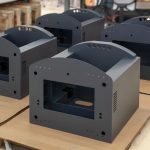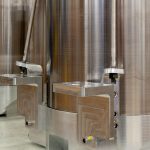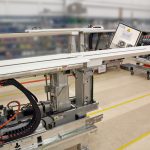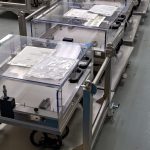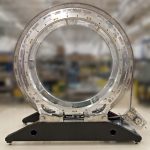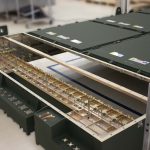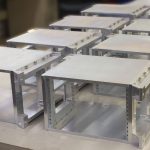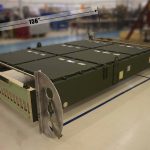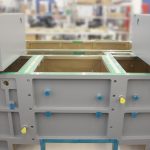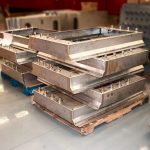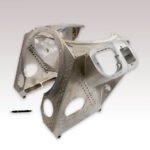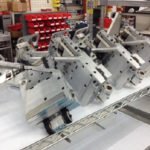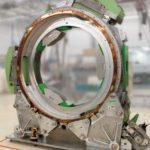Contract Mechanical Assembly Services
Custom Metal Assembly for Complex Subsystems
At PEKO, we specialize in high-precision mechanical assembly services that support the most demanding system builds across a wide range of specialized industries. Whether you need precision subassemblies, integrated modules, or fully turnkey electromechanical systems, our mechanical assembly contract manufacturing solutions are designed to deliver exceptional performance at every level of complexity.
- Customized mechanical parts assembly workflows for specialized applications
- Seamless integration into larger system contract manufacturing & assembly programs
- Engineered for durability, consistency, and reliability in complex, multi-component systems
Our Proven Process
Our experts assemble frames, panels, enclosures, and mechanical subassemblies as part of broader system builds, customizing every workflow to align precisely with your specifications and ensure seamless part integration, dimensional accuracy, and structural integrity.
- Close Collaboration → We work closely with your engineers to ensure mechanical assembly plans align with your design intent and system functionality. We also help identify opportunities for improved manufacturability, performance, and cost-efficiency.
- Component Fabrication → Using cutting-edge CNC laser cutting, milling, turning, punching, and bending, we fabricate high-precision sheet metal and machined components in-house. Every part is built to exact specifications to support smooth metal parts assembly.
- Metal Parts Assembly → We bring components together using optimal fastening, welding, or adhesive techniques, ensuring each unit is assembled with the accuracy and consistency needed to perform within the final system.
- Testing & Verification → Each mechanical assembly undergoes rigorous inspection to confirm proper alignment, dimensional tolerances, and mechanical integrity, guaranteeing form, fit, and function before final system integration.
- Final Integration & Delivery → Once complete, mechanical assemblies are prepared for next phase of integration within our facilities or packaged and delivered for install at your final integration point.
We take a hands-on approach through every step—offering insight, expertise, and accountability to help ensure your mechanical assembly project is executed flawlessly.
Integrated Solutions for Full-System Builds
PEKO’s mechanical assembly services are not standalone offerings—they are part of an integrated contract manufacturing ecosystem, serving as the foundation for our on-site motion control, enclosure, subsystem, and full-system integration programs.
- Engineered for Full-System Integration → Our mechanical assembly services seamlessly support our contract manufacturing and assembly programs, aligning all motion, structural, and fastening components into a cohesive unit ready for integration into higher level assemblies and full system builds.
- Customized for Industry-Specific Needs → We tailor each metal assembly to the specific regulatory, environmental, and performance requirements of your industry, ensuring complete compatibility with your system’s mechanical, electromechanical, and structural requirements.
- Built for Long-Term Reliability → Durability and reliability are at the core of our assembly philosophy. We focus on repeatability, precision, and robust construction to ensure that every mechanical sub-assembly we build performs flawlessly within its larger system.
Why Choose PEKO for Mechanical Assembly
- Customized Assembly Work Cells: Every project is unique—so our approach is too. We design custom assembly work cells around your unique program requirements. By applying lean manufacturing principles, we ensure every mechanical assembly process—from assembly to testing and packaging—is streamlined for speed, cost-efficiency, and repeatability.
- Extensive Facilities with Advanced Features: Our expansive 200,000 sq. ft. of dedicated assembly space—complete with a Class 1000 (ISO 6) clean room, jib cranes and ergonomic lift assist tools, and integrated inventory and work order systems—allows us to handle highly specialized mechanical assembly programswith ease.
- In-House Metal Fabrication & Machining: Unlike many other assemblers, PEKO offers full in-house metal fabrication, CNC machining, welding, and finishing services. By keeping every step under one roof, we reduce lead times, minimize risk, and maintain tight control over quality—ensuring every part meets your specifications before it even enters the assembly process.
- Scalability & Flexibility: Whether you need early-stage prototyping or full-scale production, our mechanical assembly services are designed to grow with your program. Whether your project requires highly skilled manual assembly or automated processes for higher-volume output, we provide the flexibility and responsiveness you need to stay competitive.
Our Diverse Mechanical Assembly Expertise
With decades of hands-on experience, PEKO specializes in assembling a broad spectrum of mechanical systems—from intricate components and precision subassemblies to fully integrated subsystems and turnkey electromechanical equipment. Our deep knowledge of complex builds and multi-component integration enables us to support a wide variety of specialized applications across multiple industries.
Industries We Serve
PEKO’s contract mechanical assembly services support:
- Industrial automation & robotics systems requiring motion, framing, and actuators
- Aerospace & defense subsystems that require rugged mechanical enclosures
- Medical and technology enclosures with precision metal assembly requirements
- Custom builds for cutting-edge telecommunications and renewable energy applications
Common Mechanical Fastening Techniques
As a leading mechanical parts assembly supplier, we take pride in offering a full range of in-house hardware installation and mechanical fastening options to meet application-specific needs, including:
- Threaded Fasteners – Screws, nuts, bolts, and self-clinching fasteners.
- Non-Threaded Fasteners – Pins, washers, dowels, and rivets.
- Integral Fasteners – Embossed protrusions, edge seams, snap-fits, and tab-and-slot mechanisms.
- Thermal Joining & Welding – Resistance spot welding and arc welding techniques.
From riveting components together to providing sophisticated welded assemblies, we meticulously integrate sheet metal fabricated parts and machined components, ensuring secure, durable metal assembly solutions that cater to your specific requirements.
Let’s Build Together
PEKO is your partner for scalable, consistent mechanical assembly—built to support complex manufacturing programs. Contact us today to discover how PEKO can support your next metal assembly project.
